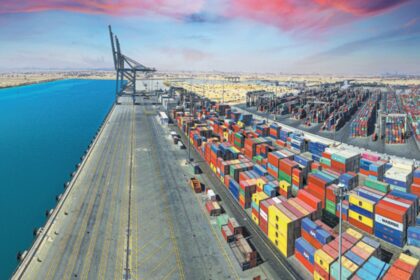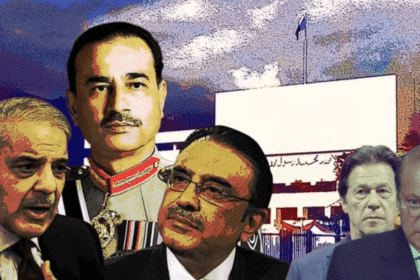The Bulletin of Atomic Scientists of Chicago (later just The Bulletin of Atomic Scientists) is a nonprofit organisation started in 1945 by a group of scientists who worked on the Manhattan Project. The organisation was formed in the aftermath of the nuclear bombings of Hiroshima and Nagasaki and published a bi-monthly newsletter about all the many threats mankind poses to its own survival. With the support and contribution of big names such as Bertrand Russell, J. Robert Oppenheimer, and Albert Einstein, the bulletin became a sombre reminder of how close humanity was to its own demise.
The Doomsday Clock, an annual feature of the Bulletin, was first introduced in 1947. Based on global trends in science, geopolitics, climate change, and other concerns, the clock is a simplified depiction of the threat we pose to ourselves, with midnight representing a global catastrophe. The clock was set at 7 minutes to midnight in its inaugural edition and was moved back 4 minutes when the Soviet Union tested their first nuclear weapon and started a decades-long arms race with the United States in 1949. The dissolution of the USSR in 1991 brought the most significant easing in tensions, with the clock being pushed forward 7 minutes to its furthest point from midnight to date; 1998 saw the sharpest drop, with the clock being moved back 5 minutes after the Pokhran II and Chagai nuclear tests conducted by India and Pakistan, respectively, made South Asia into a potential nuclear flashpoint.
The 2024 Doomsday Clock
Last week, the Bulletin published the Doomsday Clock for the year 2024. The clock was already at 90 seconds to midnight, the closest it has ever been; for 2024, they moved it a second back further. As per the scientists themselves, in a world “…already perilously close to the precipice, a move of even a single second should be taken as an indication of extreme danger.”

In the political arena, the bulletin saw that the situation in Ukraine remained fraught, with frequent threats of nuclear escalation. The crisis in the Middle East also became more complex, with the dynamics having been altered unpredictably by the regime change in Syria and the uncertainty surrounding Israel and Palestine. The nuclear threat is also made more perilous by how it is expanding; China is expanding its stockpile of warheads as the International Atomic Energy Agency says that it is having trouble tracking Iran’s progress towards their nuclear ambitions. Russia has withdrawn from arms control treaties and the United States on the World’s Most Expensive Nuclear Modernisation Program. North Korea remains a rogue and aggressive actor, while there are talks in countries such as South Korea, Japan, and Germany of pursuing nuclear armaments instead of relying on American protection.
B-21 Raider Stealth Bomber, a component of America’s Modernisation of Nuclear Platforms
In the scientific sphere, the bulletin is concerned about the increasing reemergence of infectious diseases and the growing number of high-containment labs, which increases the likelihood of an outbreak as a result of a lapse in containment. Technology, particularly artificial intelligence, was of critical concern as nations such as Israel and Ukraine deployed artificial intelligence in military targeting. AI has also had effects on public discourse, making it significantly easier to create and spread misinformation on digital platforms. There are also reports that Russia has developed orbital nuclear weapons, a flagrant violation of the 1967 Outer Space Treaty.

Climate change was also deemed worrying, as temperatures in 2024 surpassed the limit defined by the Paris Climate Agreement, which aims to restrict global temperatures to at most 1.5 degrees Celsius above pre-industrial levels. Heatwaves, droughts, and floods ravaged many parts of the world, causing great loss of life and property. The bulletin, however, expressed hope at the transition away from non-renewable energy, noting that expenditure on renewable sources was increasing, even if the lion’s share of the expenditure was from developed economies—G-20 nations accounted for 90% of global renewable energy spending.
What lies ahead?
While it is premature to say what 2025 has in store, the signs so far are not promising. The increasingly isolationist policies of the United States under the Trump administration threaten to exacerbate the nuclear threat by provoking hostile actors into increasing their nuclear presence while pushing traditional American allies to consider taking up greater burdens for their own defence. The leaps China has recently made in the development of artificial intelligence can enable more military applications of AI, moving the world ever forward towards the widespread adoption of autonomous weapon systems. The American withdrawal from international agencies such as the World Health Organisation, the United Nations Human Rights Council, and their withdrawal from the Paris Climate Agreement will have lasting impacts on the efficacy of these organisations and frameworks, hampering their work around the world and pushing the clock forward.
















